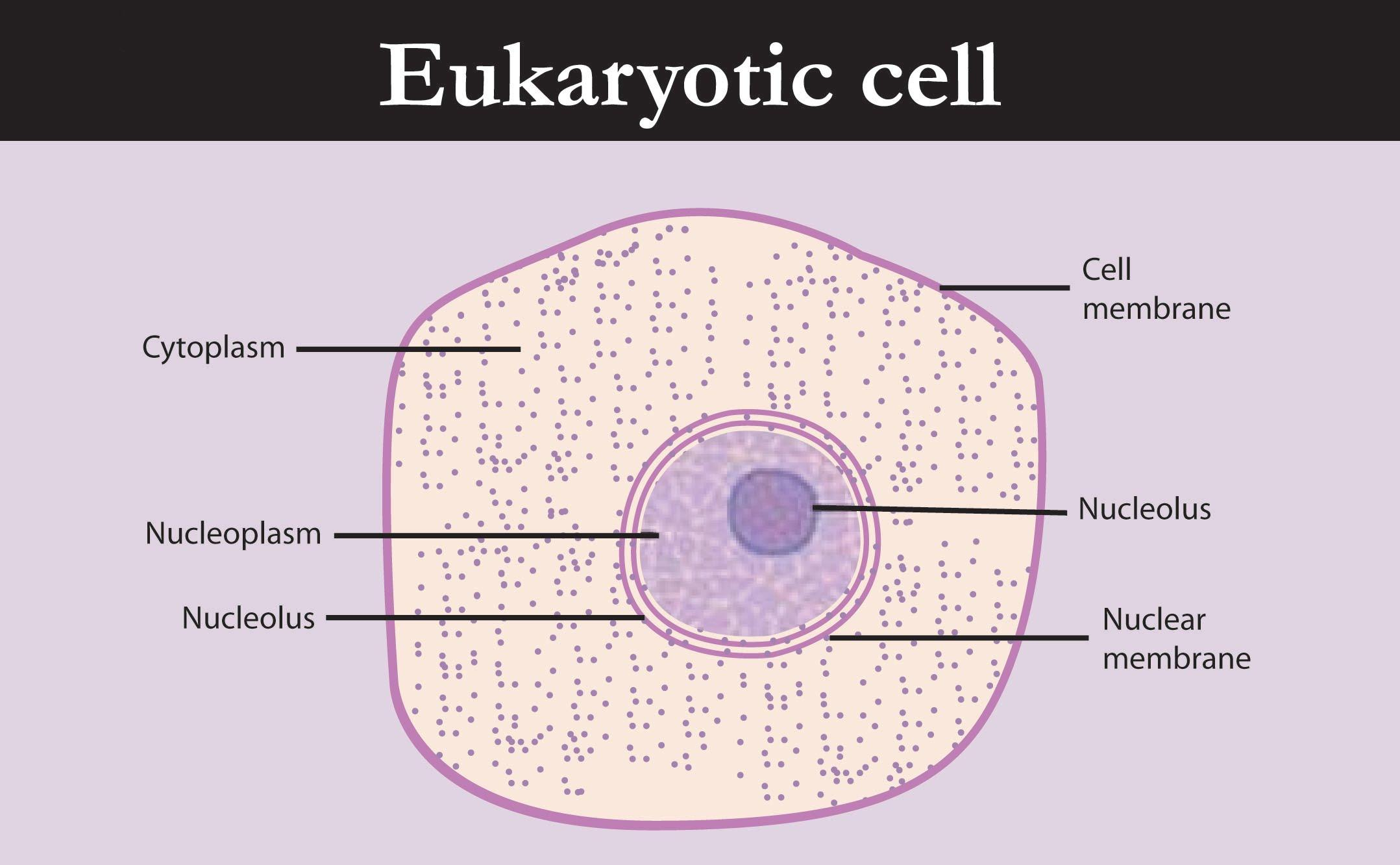
Distinguish between Cytoplasm and nucleoplasm.
Answer
491.7k+ views
1 likes
Hint: Cytoplasm and nucleoplasm both are the constituents of the cell that made the cell living and helps in holding the various cell organelles together. One holds the cell organelles together while the other holds the nucleus.
Complete step by step answer:
The cytoplasm is a thick fluid that is present inside each cell and is covered by the cell membrane.
Nucleoplasm is the living part of the nucleus that is surrounded by a nuclear membrane.
The cell consists of several cell organelles like the endoplasmic reticulum, Golgi body, etc. Which are engulfed in a gel-like substance called cytosol and together all of them are known as cytoplasm but it does not involve the nucleus.
Difference between Cytoplasm and Nucleoplasm

Note: In prokaryotes, only the cytoplasm is present since there is no distinct nucleus and other cell organelles. The cytoplasm itself contains the chromatin and protects genetic material by behaving as the nucleoplasm in prokaryotes. In eukaryotes, as the nucleus is present so cytoplasm covers only the area that is inside the cell and outside the nucleus.
Complete step by step answer:
The cytoplasm is a thick fluid that is present inside each cell and is covered by the cell membrane.
Nucleoplasm is the living part of the nucleus that is surrounded by a nuclear membrane.
The cell consists of several cell organelles like the endoplasmic reticulum, Golgi body, etc. Which are engulfed in a gel-like substance called cytosol and together all of them are known as cytoplasm but it does not involve the nucleus.
Difference between Cytoplasm and Nucleoplasm
| Cytoplasm | Nucleoplasm |
| It is present outside the nucleus. | It is present inside the nucleus. |
| It is a jelly-like substance. | It is a highly condensed and gelatinous fluid. |
| It is made up of water and structural filaments and cell organelles. | It is composed of nucleolus and chromatin material. |
| It is surrounded by a cell membrane. | It is surrounded by a nuclear membrane. |
| It is present in both the prokaryotic and the eukaryotic cells. | It is observed only in the eukaryotic cells. |
| The division of cytoplasm is known as cytokinesis. | The division of the nucleus is known as karyokinesis. |

Note: In prokaryotes, only the cytoplasm is present since there is no distinct nucleus and other cell organelles. The cytoplasm itself contains the chromatin and protects genetic material by behaving as the nucleoplasm in prokaryotes. In eukaryotes, as the nucleus is present so cytoplasm covers only the area that is inside the cell and outside the nucleus.
Latest Vedantu courses for you
Grade 11 Science PCM | CBSE | SCHOOL | English
CBSE (2025-26)
School Full course for CBSE students
₹41,848 per year
Recently Updated Pages
Master Class 9 General Knowledge: Engaging Questions & Answers for Success

Master Class 9 English: Engaging Questions & Answers for Success

Master Class 9 Science: Engaging Questions & Answers for Success

Master Class 9 Social Science: Engaging Questions & Answers for Success

Master Class 9 Maths: Engaging Questions & Answers for Success

Class 9 Question and Answer - Your Ultimate Solutions Guide

Trending doubts
State and prove Bernoullis theorem class 11 physics CBSE

Who built the Grand Trunk Road AChandragupta Maurya class 11 social science CBSE

1 ton equals to A 100 kg B 1000 kg C 10 kg D 10000 class 11 physics CBSE

State the laws of reflection of light

One Metric ton is equal to kg A 10000 B 1000 C 100 class 11 physics CBSE

Difference Between Prokaryotic Cells and Eukaryotic Cells




